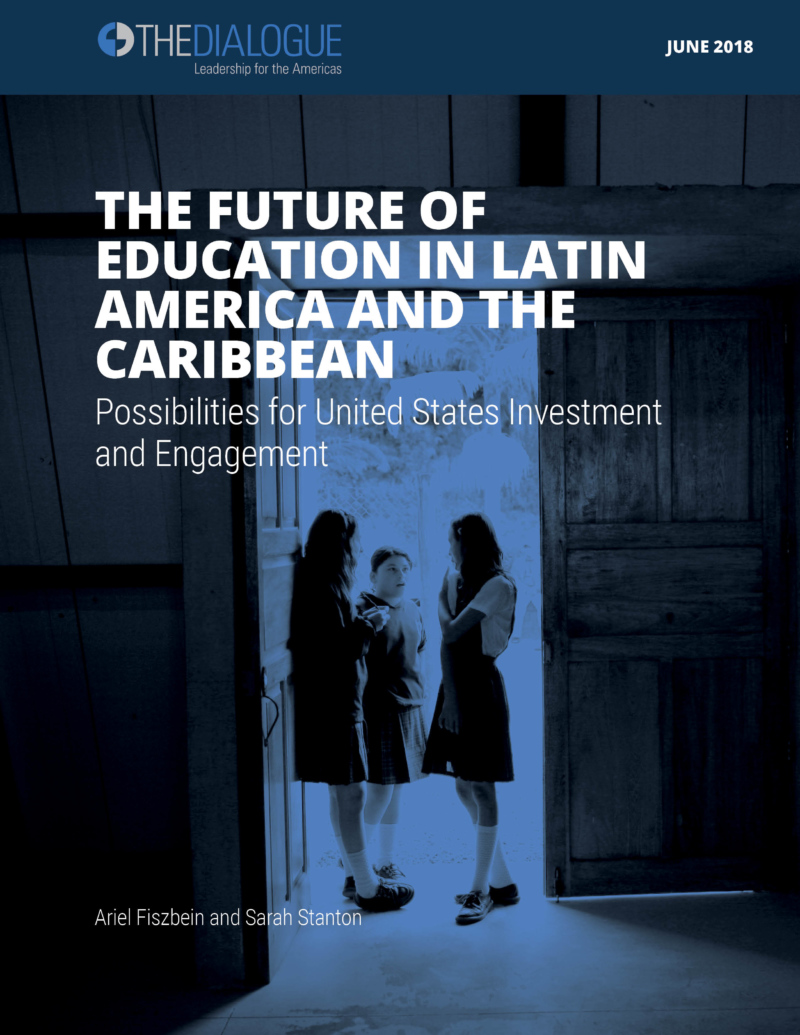Protecting Latin America’s Poor During Economic Crises
History tells us that economic crises cause large increases in poverty. The most recent economic crisis will cause Latin America’s GDP to contract around 2 percent in 2009.
This post is also available in: Español
In the past two decades, countries across the Latin America and Caribbean (LAC) region have significantly expanded access to education, yet educational quality and relevance remain low at all levels. LAC students consistently perform below their peers from countries with similar income levels, and dropout and repetition rates remain high in most countries. Overall, inefficiency and unequal outcomes plague all levels of the educational system in the region.
Furthermore, education has not proven responsive to labor market demands. Without adequate education and skills training, a large share of LAC’s rich human capital resources remain underdeveloped, contributing to slow economic growth and low productivity in the region. More than half of LAC’s labor force currently works in the informal sector, and the number of young people who are neither working nor studying (called “Ninis,” from the Spanish “Ni estudian ni trabajan”) is on the rise in many countries. Ensuring the quality and relevance of educational policies and outcomes has the power to affirm the human rights of LAC’s citizens, increase growth, and close opportunity gaps throughout the region.
As the new US administration reexamines the country’s relationship with Latin America, the Caribbean and the world, there are opportunities to increase strategic engagement with the region to support high quality and relevant education for all students. This also has the potential to open and expand new markets and support broader goals to increase security, reduce violence and staunch irregular migration within and from the LAC region.
This report from the Education Program analyzes patterns and trends in education policy and outcomes across the region, as well as in the source, type and direction of development assistance and investment. It further identifies spaces for US-LAC, especially via USAID, partnership and pathways for new and continued engagement.
History tells us that economic crises cause large increases in poverty. The most recent economic crisis will cause Latin America’s GDP to contract around 2 percent in 2009.
The goal of education is to promote learning. Sitting in classrooms is a weak proxy for knowing how to read, do math, and apply science. Latin America needs to worry less about schooling and more about learning.
Spain is no longer Latin America’s gateway to Europe. The relationship is changing due to the growing power and influence of Latin America.
